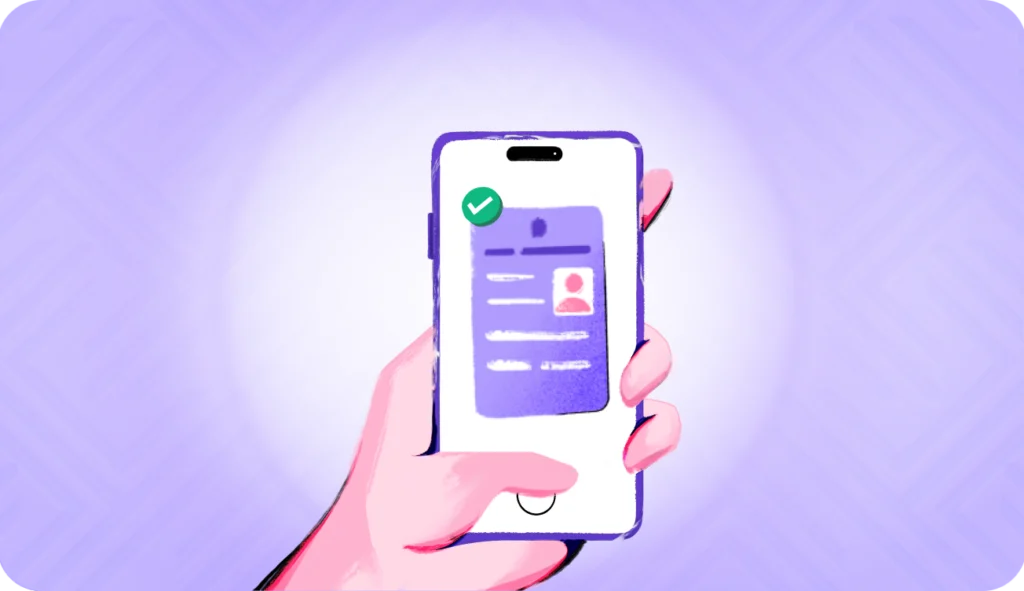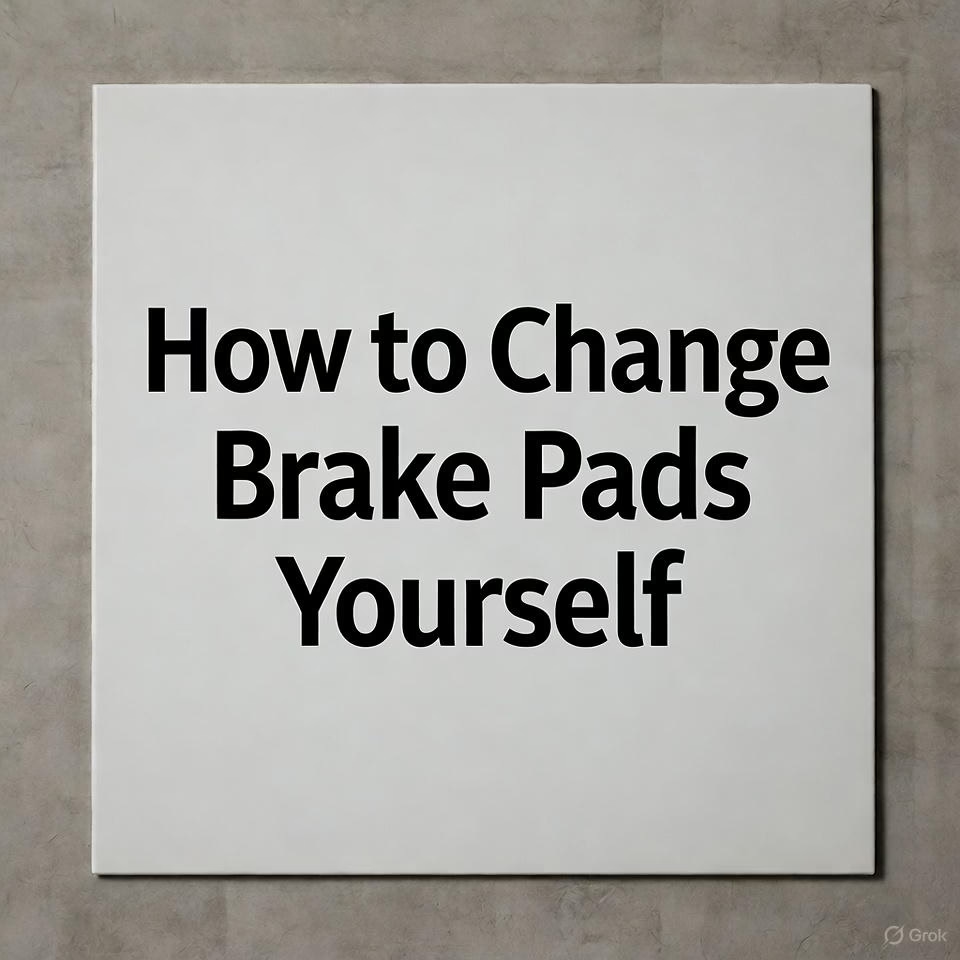With the rise of digital transactions and virtual spaces becoming the heart of our interactions, ensuring that online interactions are safe and secure has become essential. ID verification solutions are a crucial shield in safeguarding sensitive data, deterring fraud, and maintaining trust in digital ecosystems. Whether you’re signing up for a new platform, conducting financial transactions, or verifying user activity, ID verification serves as the silent yet robust gatekeeper of online spaces.
But what exactly are ID verification solutions, and how are they reshaping the digital landscape? This article dives into their significance, their applications, and how they’re evolving to meet the challenges of the digital age.
Understanding ID Verification Solutions
At its core, ID verification solutions are digital tools or services used to confirm an individual’s identity. They rely on verifying government-issued IDs, biometrics such as facial or fingerprint recognition, and other personal details to authenticate users. The goal is to ensure that the person accessing a system, platform, or service is genuinely who they claim to be.
These solutions are pivotal in today’s economy, where consumer trust drives business growth, fraudsters are getting more sophisticated, and regulators are introducing stringent compliance requirements. A strong ID verification process not only prevents financial losses but also enhances online trust among users.
Types of ID Verification Solutions:
- Document Verification
This involves scanning and validating official documents like driver’s licenses or passports to confirm the authenticity of an individual.
- Biometric Verification
Advanced technologies such as facial recognition, voice authentication, and fingerprint scanning fall under this category. Biometrics are harder to fake, providing higher reliability.
- Two-Factor Authentication (2FA)
This method combines ID verification with an additional layer, like one-time passwords (OTPs) or physical security keys, making it harder for hackers to gain unauthorized access.
- Database Verification
By cross-referencing user-provided information against global or national databases, organizations can quickly confirm identities.
- Behavioral Biometrics
Solutions are now paying attention to how users behave online, such as typing speed or cursor movement patterns, to detect anomalies.
Why Are ID Verification Solutions Essential?
The growing reliance on digital interactions means higher exposure to risks such as fraud, identity theft, and data breaches. Below are some striking statistics and reasons why ID verification has become vital:
- According to a report by the Federal Trade Commission (FTC), identity theft cases soared by over 45% between 2020 and 2021.
- Global losses due to online fraud reached $41 billion in 2022 and are projected to exceed $48 billion by 2023.
- Businesses that have integrated ID verification solutions experience approximately 30-40% reductions in fraudulent activities.
Key Benefits of ID Verification Solutions:
- Reduces Fraud and Scams
By identifying and authenticating users in real time, businesses can prevent hackers or fraudsters from accessing their systems. This is critical in stopping fake accounts from wreaking havoc.
- Enhances Compliance with Regulations
Regulatory frameworks like Know Your Customer (KYC), Anti-Money Laundering (AML), and General Data Protection Regulation (GDPR) mandate secure verification systems. Meeting these requirements through robust solutions lets businesses avoid costly penalties.
- Improves User Trust and Experience
Users are more likely to trust a service that takes their security seriously. Modern ID verification solutions are designed to work seamlessly, enhancing customer satisfaction.
- Prevents Underage Access
Age verification tools are critical for industries like alcohol, gaming, or adult content platforms. They ensure stricter safeguards for minors without compromising user privacy.
- Promotes Cross-Border Transactions
Digital ID verification transcends geographical barriers, enabling businesses to expand globally while minimizing risks associated with confirming overseas customers.
How ID Verification Solutions Work
Although they appear seamless to the user, these solutions involve multiple sophisticated technologies working together. The steps generally include:
- User Input
The individual submits their information, such as a photo of an ID document, email address, or phone number.
- Data Extraction and Analysis
Optical Character Recognition (OCR) technology scans and extracts data from the submitted documents. This data is then matched against government or authorized databases.
- Biometric Matching
If a selfie or fingerprint scan is required, it’s cross-matched with saved records to ensure a match.
- Real-Time Risk Assessment
Artificial Intelligence and Machine Learning algorithms assess the risk level, highlighting inconsistencies such as manipulated documents or fraud indicators.
- Verification Approval/Denial
Based on the analysis, the system either approves or denies the user’s access.
Statistics-Based Examples
A recent study found that organizations using biometric verification experienced a 98% reduction in fraudulent login attempts. Furthermore, ID verification systems relying on AI reported a 90% decrease in manual errors during the verification process.
The Role of ID Verification in Businesses
Whether you’re a small business owner or part of a large organization, implementing ID verification is no longer optional. Here’s how enterprises across different industries are leveraging these solutions to enhance security and customer loyalty:
Financial Services
Fraud prevention is imperative in banking and fintech. ID verification ensures that only legitimate users are accessing accounts, applying for loans, or conducting large transactions.
E-Commerce
With the rapid growth of online shopping, ID verification helps prevent spammers, bots, and unauthorized users from exploiting e-commerce platforms.
Healthcare
Digital health platforms use ID verification to protect patient data from being accessed by unauthorized persons and ensure only patients and accredited professionals are on their systems.
Hospitality and Travel
Airline companies and hotels are using ID verification for seamless customer check-ins and compliance with local regulations.
Gig Economy Platforms
Ride-sharing services, food delivery apps, and freelance platforms require ID verification to ensure the authenticity of their workforce.
Future Trends in ID Verification
The future of ID verification solutions is driven by disruptive technologies that promise higher efficiency and convenience without compromising data security. Below are the trends reshaping this field:
- Blockchain
Blockchain technology enables secure record-keeping and decentralized identity verification, giving users greater control over their data.
- AI and Machine Learning
Continuous improvement in AI algorithms means more accurate fraud detection and faster verification processes.
- Contactless Verification
The post-pandemic world is leaning towards touchless technologies where biometrics can be captured without physical contact.
- Near-Field Communication (NFC)
NFC tech allows businesses to verify digital IDs stored on smartphones, eliminating the need for physical documents.
- Self-Sovereign Identity (SSI)
SSI empowers individuals to manage their personal data, giving them more control over sharing information.
Adopt Cutting-Edge ID Verification Today
Cyberattacks, fraud, and data breaches aren’t slowing down. Staying ahead requires businesses to prioritize robust ID verification solutions that deliver both security and exceptional user experiences. Whether you’re navigating financial compliance laws, protecting user data, or securing your platform against imposters, tools backed by cutting-edge technology are essential.
Take the first step toward safeguarding your online interactions. Explore the best options tailored to your business needs, and elevate trust within your digital ecosystem.





